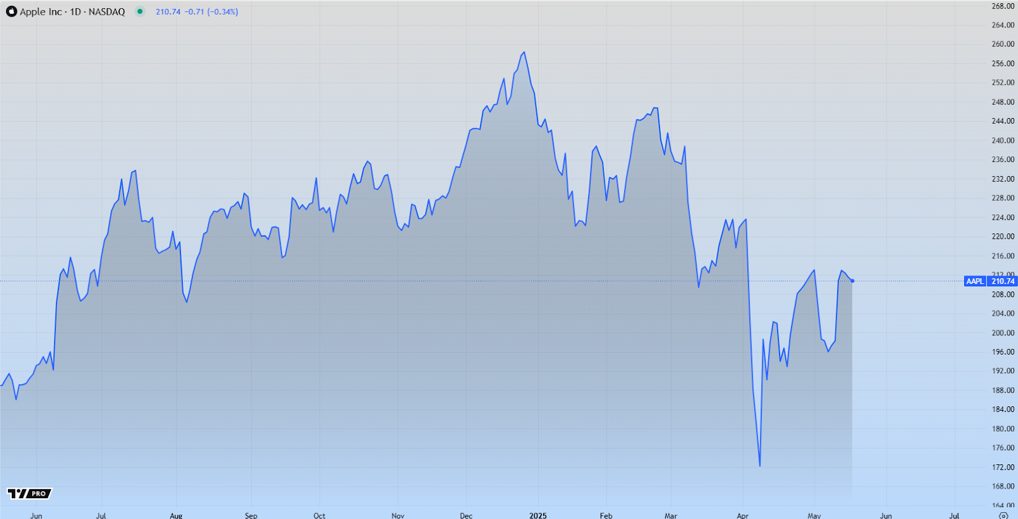Choosing an enterprise resource planning (ERP) system is one of the important decisions a manufacturer should make. The right ERP solution can connect all facets of your operations and provide the visibility you need to make data-driven decisions.
However, finding an ERP that’s tailored for manufacturing and equipped with the must-have features you need can be a real challenge. This guide puts together the eight manufacturing-specific capabilities your ERP system should deliver right out of the box.
From production planning tools to quality control applications, these features can help you optimize plant floor operations, achieve lean principles, and drive on-time delivery and profitability.

1. Cloud-Based ERP
You should opt for a cloud-based ERP since it provides greater agility and faster innovation at a lower total cost than on-premise alternatives. Cloud ERP grants access anytime, anywhere from mobile devices so you can support your teams while scaling and matching evolving needs.
A cloud based ERP for manufacturing also gives you the flexibility to support expansion and innovation down the road. With data securely hosted, you slash hardware expenses and IT hassles.
Still, ensure prospective vendors meet benchmarks for uptime, speed, security, and data protection. For manufacturers seeking a leaner, nimbler environment, cloud ERP paves the way.
2. Shop Floor Control
Shop floor control bridges the communication gap between production planning in the office and order execution on the plant floor. Paper-based systems full of manual data entry easily lead to errors and inefficiency.
With shop floor control software, you can send digital work instructions to machines and operators on the plant floor and track labor, machine runtime, quantity completed, and scrap right at the source. This connects your front office to ‘floor data,’ minimizing manual processes while standardizing production.
3. Customer Relationship Management (CRM) And Service Capabilities
The customer experience extends well beyond a product hand-off. Especially for custom equipment, installation, maintenance, warranty claims, training, and other after-sale services are pivotal to customer loyalty and retention.
That’s why your ERP system should link service management to front and back-office operations. This connects quality history, buyers’ data, and equipment records to field technician work orders, service contracts management, and aftermarket part sales. You gain more seamless, customer-centric processes with a 360-degree view of each client’s profile.
4. Quality Control And Compliance Tools
Defective products and non-compliance don’t just hurt your brand. They also directly impact the bottom line through scrap, rework, recalls, and even regulatory fines. That’s why a manufacturing ERP needs embedded quality control methods and compliance tools.
Look for features like customer-specific quality plans, supplier integration for quality data exchange, and traceability tracking. You should also be able to tie inventory to batches and orders instantly to identify any defective items in circulation.
5. Inventory And Warehouse Management
For make-to-stock, make-to-order, and mixed-mode manufacturers, inventory is the lifeline between procuring raw materials and delivering finished products. An ERP optimizes inventory planning methods like MRP as well as day-to-day warehouse operations.
From streamlining receiving to supporting cycle counts and reporting on-hand levels, a manufacturing ERP manages every inventory transaction. You should also be able to track inventory by specific batches or serial numbers with full traceability back to suppliers and orders. This keeps the right items in stock without excess or waste.

6. Data Collection Tools
Automating data collection on the shop floor and in warehouse operations helps manufacturers cut out manual data entry for a paperless environment. You also gain far greater accuracy and timeliness.
Your ERP system should have native, plug-and-play integration with barcode scanners, scales, RFID systems, IoT devices, and other digital data capture tools. This removes bottlenecks while providing real-time information.
7. Analytics And Business Intelligence
With data flowing from across departments, plants, sales channels, and external sources, ERP offers a ‘single source of truth.’ But that data is only powerful if you can analyze, visualize, and extract actionable business insights from it.
Look for built-in reporting and analytics, as well as self-service dashboards that let you create custom reports without being confined to rigid templates. You should be able to drill down into order, customer, inventory, and shop floor data and even set alerts for KPI thresholds. This is how ERP fuels smarter, faster decisions.
8. Scalability And Flexibility
Even after going live, your ERP should continue to evolve as your business grows. Adding new products, plants, warehouses, or even an acquisition should be quick and painless vs. a large-scale implementation project.
Look for multi-site and global capabilities, as well as a modular structure and open API framework that allows your ERP platform to flex and scale on pace with your strategic roadmap. The right solution equips you for growth rather than restricting it.
Final Thoughts
Selecting and implementing the right manufacturing ERP solution is undoubtedly a complex undertaking stuffed with critical requirements to balance. However, taking the time upfront to evaluate your must-haves and shortlist options guarantees you end up with a future-proof system tailored for scalability.
While ROI potential is key, assess prospective vendor partnerships in terms of industry expertise, customer support, and long-term product innovation. With an ERP that delivers across these capabilities, you gain data-driven agility and efficiency to drive results in today’s complex industrial landscape.





